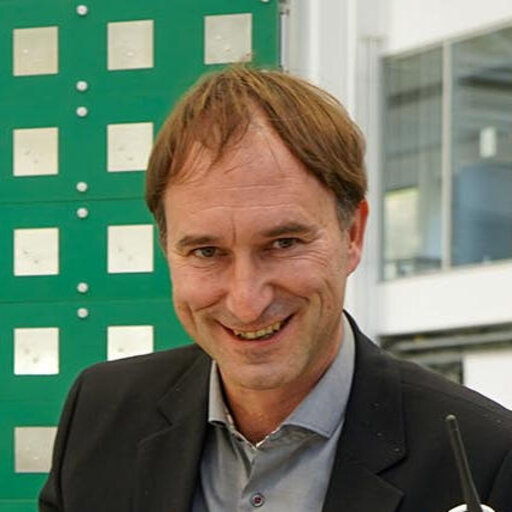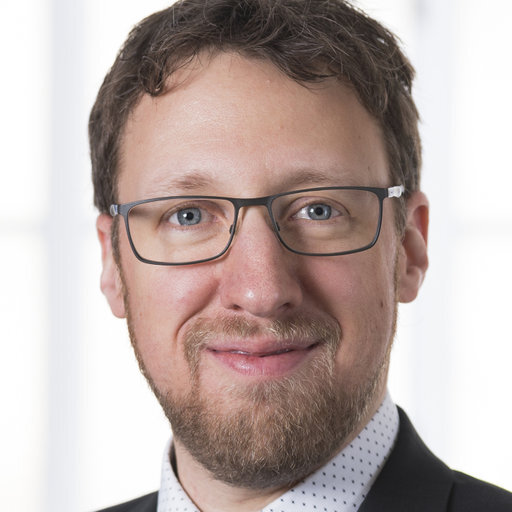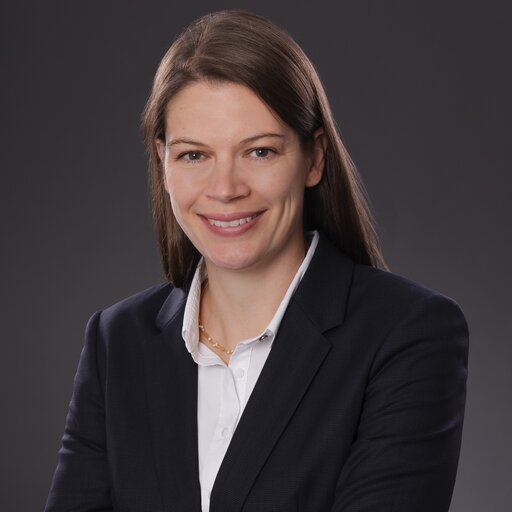New communication concepts for 6G are elaborated, starting from the information and communication theory for both physical (bit) transmission layer (PHY), and media access (MAC/LLC, resource allocation/scheduling). This provides the basis for the exploration of new transmission concepts in single and multi-user channel, access and core networks. Existing performance evaluation methods and tools will be significantly enhanced to meet the increased requirements of 6G. Furthermore, the use of AI methods at the PHY/MAC level and in particular their performance evaluation in comparison with classical methods will be addressed. Further exploratory topics evaluate the potential of novel channel access methods and multi-user concepts, the adaptation of PHY to applications such as “Joint Communications and Sensing” and the exploitation of semantic knowledge about the communication content (“post-Shannon” communication). Also, quantum-based communication and coding methods, with strong impact on all other 6G technologies, including through performance metrics and system simulations are evaluated.
Project goals
- Theoretical concepts and foundations for future message systems
- Further development of performance evaluation (KPIs) using information-theoretic considerations, especially for systems with short block lengths and strong constraints on the allowed processing complexity (ultra-low-power)
- New evaluation metrics for comparing classical and AI-based PHY methods.
- Theoretical foundations and information theory of “Joint Communication and Sensing” (JCAS)
- Improved channel coding and modulation
- Improvement of classical PHY processing for new 6G requirements: unified flexible channel coding with length/rate adaptation “one code fits all”, novel “diversity coding” over multiple links
- “universal” environment-agnostic coding/decoding or modulation/equalization schemes that can be implemented in parallel largely independently of channel statistics
- Novel channel access methods and multi-user concepts
- Signal shapes, channel coding, and packet structures for novel multi-user access schemes that are robust in the presence of large dynamics of a massive and sporadic number of users
- Development of new adaptive frame structures and comparison with “amorphous” frameless methods generated by classical or AI methods
- AI-based optimization of MAC/LLC-level protocol flows and “cross-layer” approaches
- Novel concepts in communications engineering
- Inclusion of semantic information in data transmission (“post-Shannon”), even without classical “coding”, and using AI-based procedures
- Edge computing
Role in project
- Elaboration of new procedures and evaluation metrics that form the basis for modulation and coding or performance evaluation of the simulation and demonstrator radio links
- Utilization of measurement results to further refine the investigated procedures and evaluation metrics
Results and achievements
Contacts

Prof. Stephan ten Brink
Head

Prof. Laurent Schmalen
Deputy Head

Dr. Dirk Wübben
Domain Expert

Dr. Carsten Bockelmann
Domain Expert

Prof. Norbert Wehn
Domain Expert

Prof. Marina Petrova
Domain Expert

Prof. Hans Schotten
Domain Expert

Prof. Anke Schmeink
Domain Expert